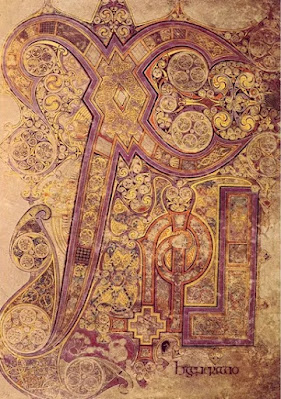In 866, just a year after the Great Heathen Army had arrived on the shores of East Anglia, it had moved northward and invaded Northumbria, which at the time was caught up in a battle between Ælla of Northumbria and King Osberht of Northumbria. Halfdan's army captured Jorvik (York). An alliance between Ælla and Osberht to recapture York failed. A 12th-century monk, Symeon of Durham, wrote of the result:
Nearly all the Northumbrians were routed and destroyed, the two kings being slain; the survivors made peace with the pagans. After these events, the pagans appointed Egbert king under their own dominion; Egbert reigned for six years, over the Northumbrians beyond the Tyne.
Halfdan had less success further south: he battled the West Saxons nine times, unable to conquer them. He eventually made a truce with the King of Wessex, Alfred the Great. The army then retreated to London for the winter, during which time (871/72) coins were minted with Halfdan's name on them.
In 874 he conquered Mercia and its king, Burghred, and a puppet was put in place, according to the Anglo-Saxon Chronicle:
And the same year they gave Ceolwulf, an unwise king's thane, the Mercian kingdom to hold; and he swore oaths to them, and gave hostages, that it should be ready for them on whatever day they would have it; and he would be ready with himself, and with all those that would remain with him, at the service of the army.
The Annals of Ulster say the king of Dublin, Eystein Olafsson, was "deceitfully" killed by Albann, a name recognized to be Halfdan. His time as King of Dublin lasted only a couple years; he lost the spot when he returned to Northumbria. Records list him as King of Jorvik starting in 876.
Attempting to regain Dublin, he was opposed by the "Fair Heathens," Vikings who had established Ireland as their home long before the "Dark Heathens" which were Halfdan's interlopers. The fair Heathens defeated him, and he was killed.
So that explains Jorvik and Dublin, but how was e co-ruler of Denmark, and with whom? Tomorrow you will meet Sigurd Snake-in-the-Eye!








